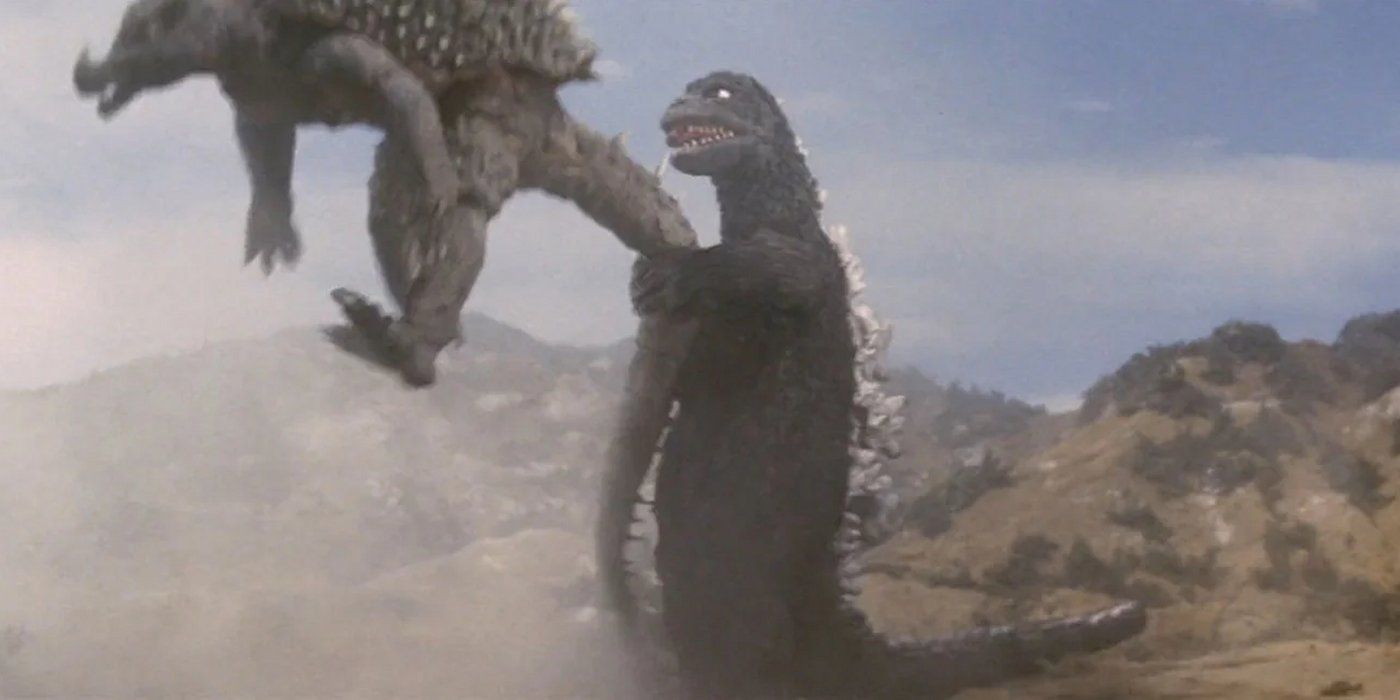
The Unraveling Mystery: How Japanese Godzilla Movies Transcend the American MonsterVerse

Japanese Godzilla movies bring a unique essence that sets them apart from their American counterparts, showcasing an evolution of captivating visual effects since the iconic monster's debut in 1954
Summary
The YouTube channel Corridor Crew conducts a thorough comparison between the filmmaking techniques employed in Shin Godzilla and the American MonsterVerse. It sheds light on how the Japanese film effectively captures elements of horror and destruction by relying on practical effects, miniature sets, and computer-generated imagery (CG).
Shin Godzilla receives acclaim for its skillful combination of computer-generated and animatronic depictions of Godzilla, as well as its impressive cinematography and the use of motion capture technology. These elements contribute to a heightened sense of realism in the creatures, distinguishing Shin Godzilla from the more recent MonsterVerse films. The evolution of Godzilla's visual effects throughout the years is evident, transitioning from the utilization of hand puppetry and rubber suits in the original 1954 film to the introduction of computer-generated effects in the 1998 version and ultimately culminating in the entirely computer-generated rendition of Godzilla in Gareth Edwards' reboot.
The Corridor Crew YouTube channel examines the unique qualities of Shin Godzilla and other contemporary Japanese Godzilla movies compared to their American MonsterVerse counterparts. They delve into how the filmmaking effectively captures the terror and devastation caused by the Kaiju. The American giant monster franchise originated with Gareth Edwards' 2014 reimagining of Godzilla and has since expanded to feature other creatures such as King Kong and Mothra in an ongoing shared universe. Shin Godzilla, directed by Hideaki Anno, the creator of Evangelion, presents a dynamically evolving Godzilla that adjusts to confront any threats it encounters.
In one episode of their VFX Artist React to Bad & Great CGI series, Niko, Sam, and Wren from Corridor Crew analyze Shin Godzilla, drawing comparisons to the portrayal of the creature in Legendary's MonsterVerse.
How Godzilla Effects Have Evolved Since Its 1954 Debut
Niko disclosed that the film ingeniously incorporated both a computer-generated (CG) and animatronic Godzilla that continually evolved, resulting in a seamless blend between the two. This technique ensured that the CG version closely resembled the animatronic incarnation, enabling flawless intercutting. Furthermore, the film skillfully utilized miniature sets and CG effects to strike a delicate balance between the campy charm of traditional Kaiju movies and a more authentic, grounded portrayal. Alongside this, Niko commended the exceptional cinematography and motion capture, which imbued the creatures with a genuine aura, quite distinct from the approach seen in recent MonsterVerse installments like Godzilla VS. Kong, where the monsters seemed reminiscent of "Three wrestlers in the ring".In 1954, when Ishiro Honda introduced Godzilla as a symbol of nuclear weapon fears, the creature came to life with the help of hand puppetry and the talents of Haruo Nakajima and Katsumi Tezuka. A hand-operated puppet was used for close-ups, while Nakajima and Tezuka took turns wearing a 220-pound suit for larger shots. Operating the suit was both physically demanding and challenging. Nakajima continued to portray Godzilla in subsequent films until 1972, with new suits and puppet recreations for added details such as Godzilla's tail.
In order to enhance the quality and ease the workload for the crew, Godzilla movie productions incorporated advancements and more detailed animatronics. However, it was the 1998 film directed by Roland Emmerich that marked a significant milestone in the franchise by introducing CG effects. While practical effects and animatronic pieces were still utilized, CG shots featuring a digital model of Godzilla causing chaos took center stage. Subsequently, in Edwards' Godzilla reboot, a fully CG Godzilla was employed, eliminating the need for practical effects.
Throughout its nearly 70-year reign in cinema, Godzilla has been brought to life in various ways. From cumbersome costumes to digital creations and fully animated adventures, the infamous Kaiju has inspired filmmakers to explore its physicality and deeper existential horror through different techniques. Yet, it is Shin Godzilla that flawlessly combines both practical and digital approaches in the Kaiju genre, providing viewers with a newfound appreciation for Anno's methods. As a result, many hope that both Legendary and Toho Studios will take note of his techniques for future films.
Source: Corridor Crew







